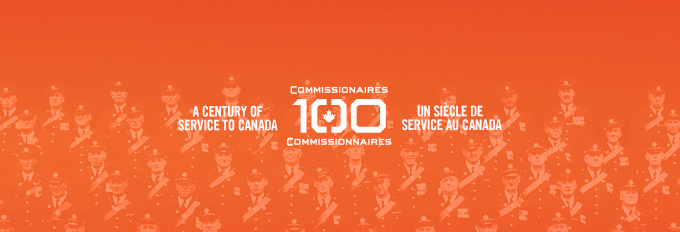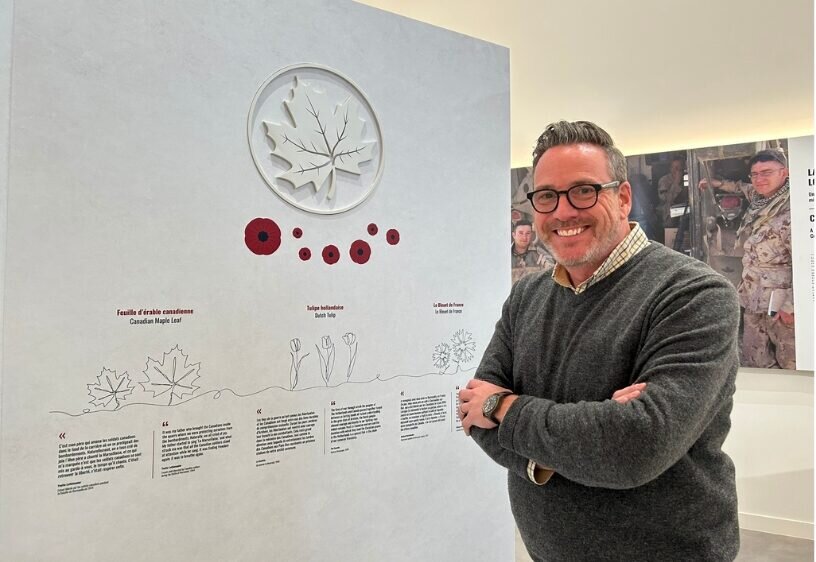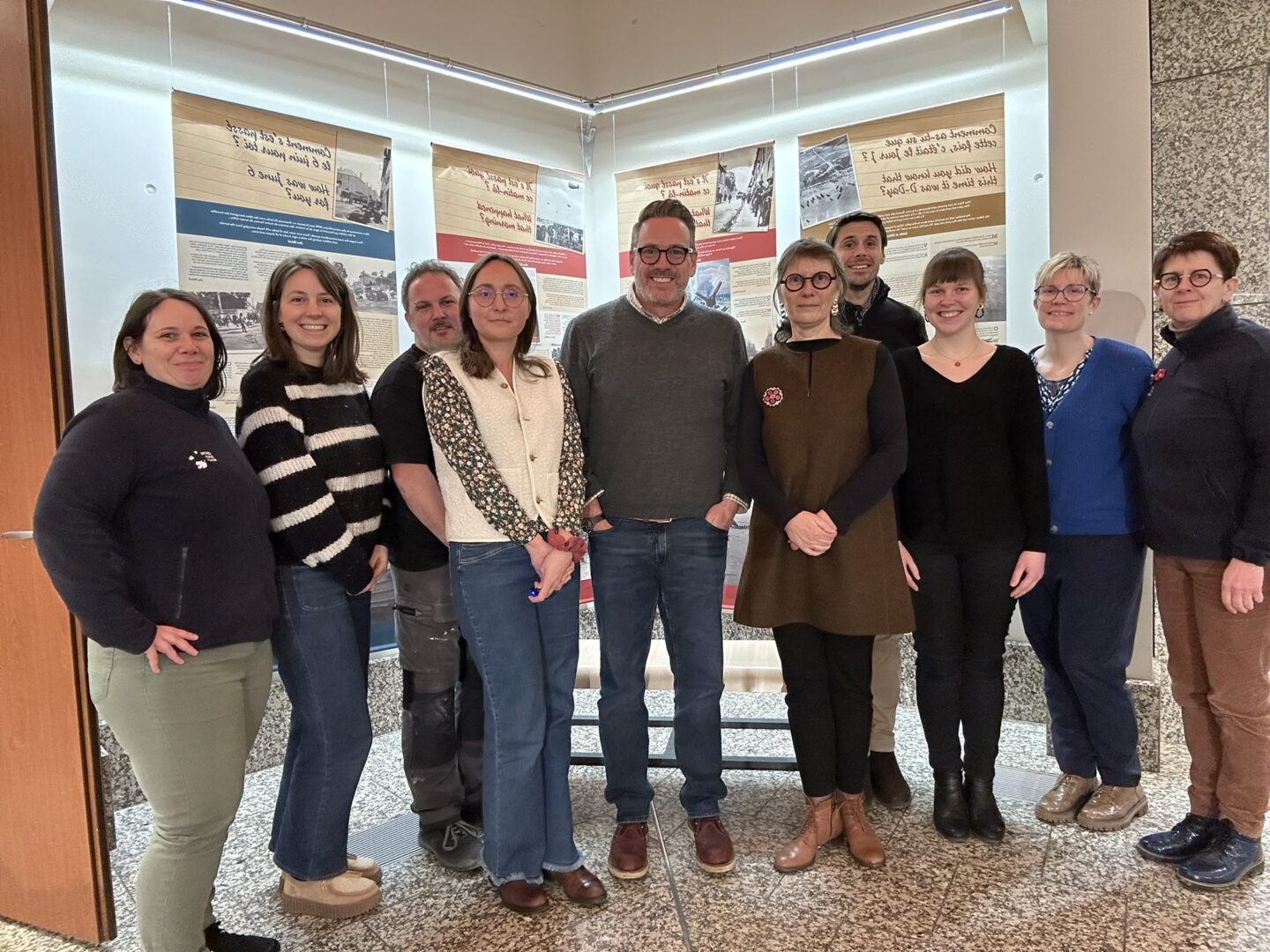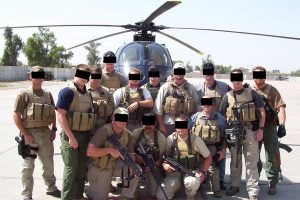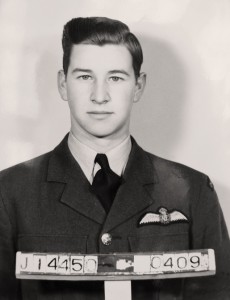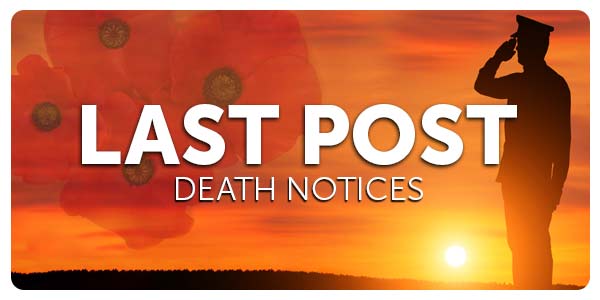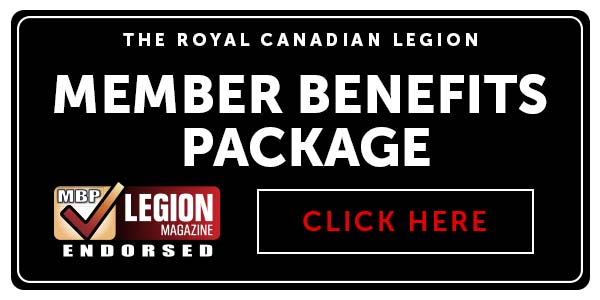An accomplished entrepreneur and businessperson with more than three decades of experience, as well as a member of the Canadian Forces Liaison Council in Alberta—his home province—the incoming leader “brings a fresh and inspiring vision” to the site, now regarded as a testament to the country’s wartime efforts.
Having recently won a $800,000 legal battle to prevent a condominium development adjacent to the museum grounds, the Juno Beach Centre (JBC) is planning an expansion and additional initiatives. Currently, estimates suggest the project could cost $11.05 million to complete, with some funds already raised in part through French government support. Nevertheless, further assistance will be needed.
In an exclusive with Legion Magazine, LaBossiere discussed his new role, immediate plans and future hopes for the JBC.
About becoming the JBC presidentI was raised in a tough situation as a kid. I had a single mom growing up, and our family was on and off government systems and even slipped into a foster system for a little bit. My grandfather [Bjarne Tangen], along with my grandmother, lived a humble existence, but was also a passionate leader in community service and a proud member of the Legion—specifically, Branch 54 in Grande Prairie, Alta.
One of my favourite childhood memories was going to the Legion branch with my grandfather, who was like a father to me with his steady influence. I remember those visits being the only time I was exposed to his service as a World War Two veteran. Otherwise, he was one of those adamant types who never talked about it.
[Tangen] served in the 8th Reconnaissance Regiment of 2nd [Canadian] Division during the war. After he passed away, I started to research and understand his war history, from his regimental battle honours to being Mentioned in Dispatches for a couple of actions to earning the Dutch Bronze Cross, a reasonably rare accolade.
Through these many stories, I got to know Dutch families and even travelled to the Netherlands with my kids. It’s been a thread that I’ve just kept pulling and pulling on. It subsequently led to me joining the board of directors at the Loyal Edmonton Regiment Museum and becoming a representative for the Canadian Forces Liaison Council. With the latter, I support [Canadian Armed Forces] reservists and employers, advocating for as many reservist-friendly workplaces as we can get in the province [of Alberta].
I joined the Juno Beach Centre board two years ago, right at what felt like the end of the condo development crisis. It was a really impactful time for us, coming off the heels of COVID-19, which, you can imagine, was a difficult time for museums. It was also a time when we had a maturity sweeping through the [JBC’s] founders and leaders, who had served with the organization for many years and who were then looking for graceful exit ramps. The timing just aligned, and so, here I am.
My grandfather emulated service. That’s what I learned from him. I feel I’m here because I have a debt to pay to him for what he did—both for myself and others.
About developing the museum
I published six priorities for the Juno Beach Centre, three of which I’ll highlight in order of importance: The first is financial sustainability; the second is building on relationships with partner organizations, including The Royal Canadian Legion; and the third is raising our voice. By raising our voice, I’m looking at ways in which we can make sure our organization becomes even more relevant in the contemporary lives of Canadians every day, not only on June 6 and Nov. 11.
While we won the condo development battle, we haven’t yet won the war. We have essentially been gifted the land [on which the development was to take place]. But I should clear up confusion around the funding we received from the French and Canadian governments, for which we’re really grateful: Those funds did not go directly to us but went toward resolving the issue. We still ended up with about $800,000 in legal bills, a significant hole in a private museum’s balance sheet.
We really want to start our Project Concordia, which is just taking that outdoor land and creating an interpretative park reflective of the local topography and respectful of the eco-sensitive area. At the centre of that will be a memorial dedicated to the 381 Canadians killed in the June 6, 1944, D-Day landings.
We also have an ambition for a small expansion of the museum that allows for a larger gift shop and a brand new café. Currently, we have only hallway vending machines, while our present gift shop is tiny and has become a major bottleneck.
2025 is largely about ensuring we have enough funds for these changes. We’ll likely have to make a decision by the end of the summer if we’re going to start construction of Project Concordia by the fall. We’ve already raised around $4 million. A good chunk of that is through French government commitments, which will be provided as soon as we acquire matching sources. Those sources, obviously, must come from Canada in order to move forward.
Equally, we’re excited to unveil a partnership with a large Canadian financial services company that has made a seven-figure gift and also challenged us to match it. To help achieve this, we’ll be launching a public capital campaign.
In terms of our overall relevance to Canadians, we’re still in the ideation and forming stage, but we recognize that more needs to be done. Modernizing our museum experience through technology will have a role. I’m excited for that.
About the JBC’s long-term future
We need to guarantee our financial future—I can’t say that enough. There’s no perpetual funding from any level of government. Now, we do have an ad hoc agreement with Veteran Affairs, for which we’re again grateful, but we need additional support from Canadians. We must find ways to stay here forever.
The fact that we’re the only private [Canadian] institution of its type, at least at a national level, and the only one for World War Two, is seen as an asset for the organization. But it also comes with risks if our ticket sales drop, if people’s interest wanes over time, and as veterans begin to leave us. By rights, that shouldn’t present a financial risk to our organization in its current model. Realistically, however, it would unless we stay relevant as an attraction.
I do believe we’re an attraction and one we should be proud of. I’d love to see every Canadian make a pilgrimage to see it. But we’re also more than just an attraction. We’re maintaining the memory of 1.1 million serving Canadians.
It’s a heavy burden—but it’s an honour to bear it.
This interview has been edited for brevity and clarity.
Advertisement






